In previous posts about growing media for the terrestrial orchid, Habaneria radiata, I set up an experiment and shared some preliminary results based on observed foliar growth. It turns out that the most important measure of success was under the soil.
Here are the orchids at the end of the growing season last December.
Orchids in December – not much to see
Terrestrial orchids like Habaneria grow from bulbs that become depleted as shoots emerge in spring. Once the plants mature for the season, new bulbs are created to support the next year’s growth. This process is easy to see in winter.
Healthy bulb next to shell of previous year’s bulb
Each container started with four bulbs in spring. By counting how many bulbs there were in December, I could determine which soil produced the best results.
I decided to check one container for each kind of soil.
As you’ll see, numbers don’t tell the whole story. While some mixes produced lots of bulbs, many were quite small. Because I measured only a third of the bulbs I planted, I don’t have a lot of data to go on, but it seems clear that the bulbs liked some mixes more than others.
Medium pumice – 10 bulbs
Kanuma – 10 bulbs
Bonsai soil – 10 bulbs
Orchiata – 10 bulbs
Akadama – 8 bulbs
Potting soil – 7 bulbs (the 8th isn’t viable)
Decomposed granite – 6 bulbs
Unsifted pumice – 5 bulbs
Based on these very limited results, the big winners are medium pumice, kanuma, and bonsai soil. Each of these soils turned four bulbs into ten during a single growing season.
Although all of the soils produced more bulbs than I started with, many of the bulbs were smaller than the previous year’s. An example of this is the five small bulbs produced by the unsifted pumice.
Potting soil, on the other hand, produced the largest bulbs, but didn’t produce the greatest number of bulbs.
I washed and dried the uprooted bulbs and stored them in plastic bags that I kept in the vegetable drawer in the fridge during winter.
Ready for winter in the fridge
I left the rest of the bulbs in their pots as I was curious whether it’s better to leave the bulbs planted during winter or to uproot them and store them in the fridge until spring.
A few weeks ago I planted the refrigerated bulbs and all have sprouted in the garden. Many of these went back into pots filled with pumice or kanuma, while the others were added into various accent plants throughout my garden.
I don’t know that there’s a lot more to measure at this point, but I’ll be sure to share anything I learn about the bulbs going forward.
Subscribe to Bonsai Tonight
New Posts Delivered Every Tuesday and Friday
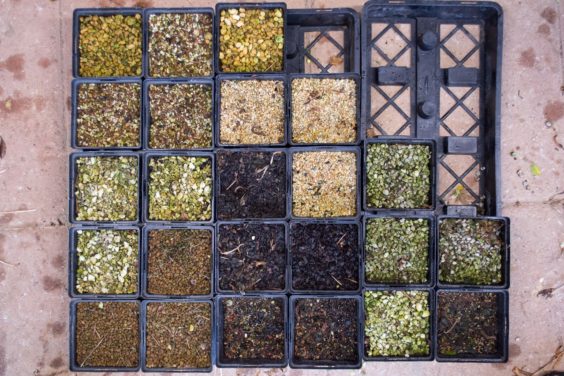
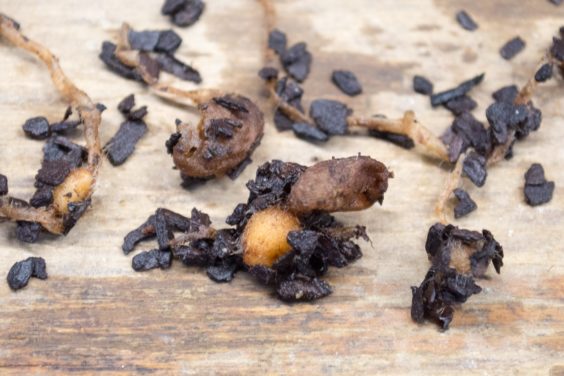
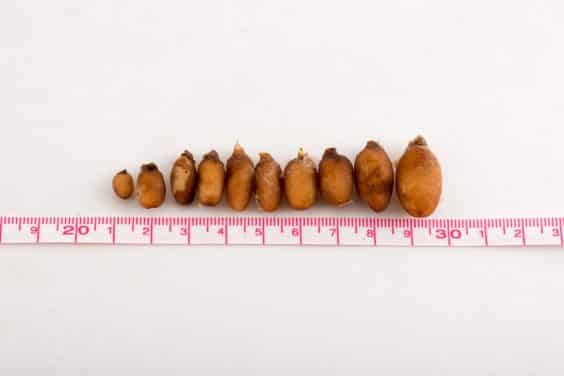
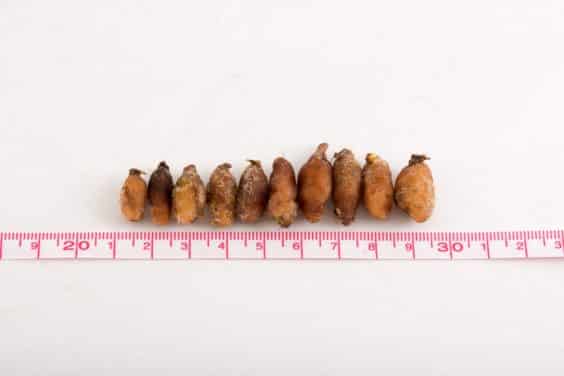
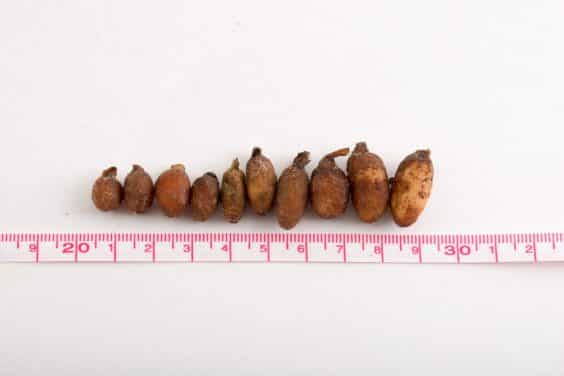
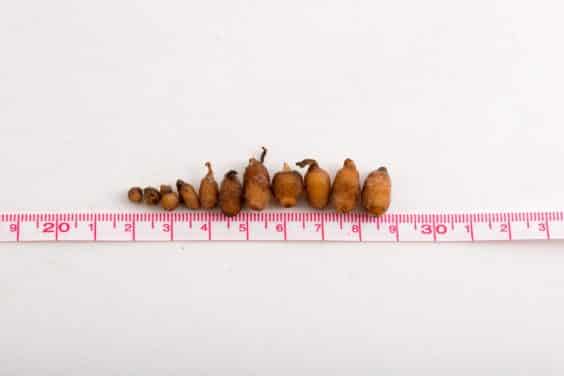
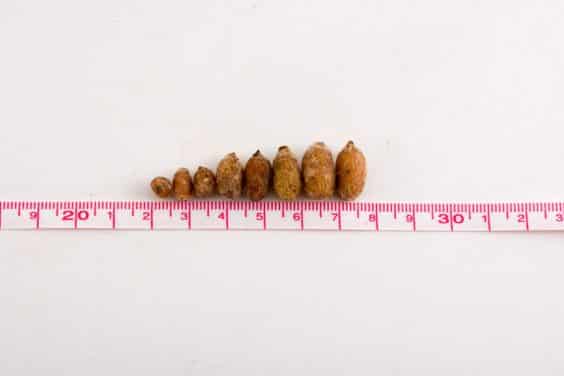
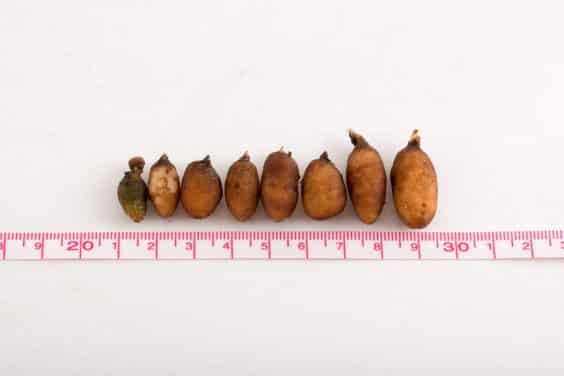
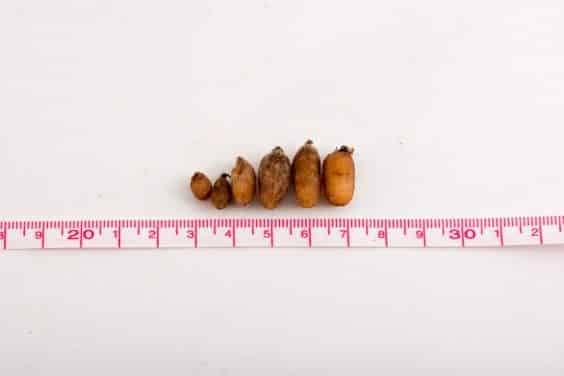
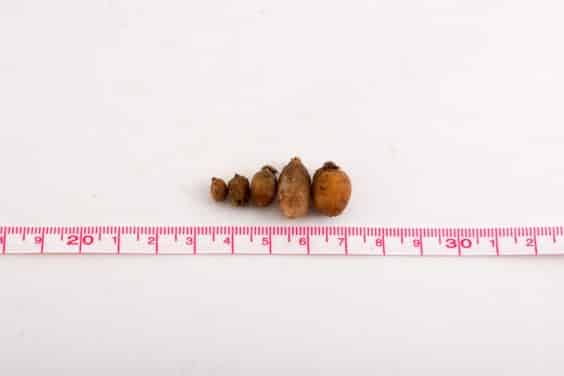
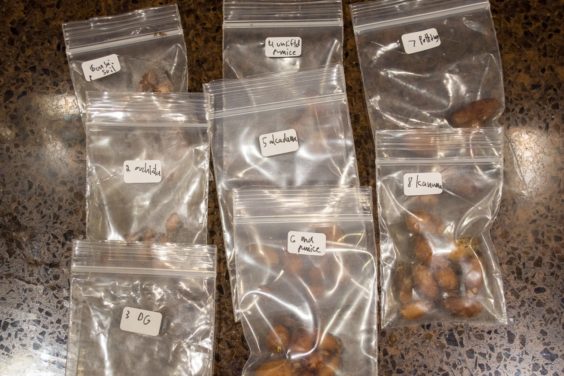
Michael says
very nice. i really appreciate the attempt to be scientific. As a retired oncologist who saw many promising new drugs turn out not to work so well five years later, i remain a sceptic, and wonder why we don’t do more studies regarding bonsai care. I hear speakers at our club give wildly different advice on care, soil, etc, and i wonder if there is an organized way for several clubs to get together, set up a few projects for our regional ‘terroir’ and answer some basic questions. The first questions would include what questions are really important to us….
Ryan Huston says
I agree on the lack of scientific approaches in bonsai. I’m developing some experiments of my own to answer my own questions that I couldn’t find bonsai data on. And I plan to post the setup and eventual results to my blog someday.